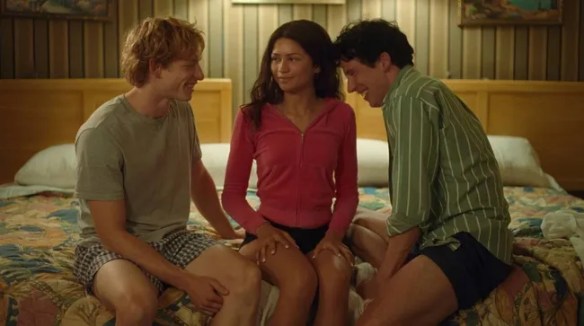
Television and movies may have a role in juicing Americans’ current tepid interest regarding cybersecurity. “When it comes to cybersecurity, getting the public to listen isn’t just a public service, it’s a necessity,” says the online security newsletter The Cipher Brief. A recent summit of its Cyber Initiatives Group included a top US cybersecurity expert and a Hollywood producer with a CIA background to explore this topic.
Why the urgency? Last month, big chunks of the nation’s health care system were booted offline in a pair of ransomware attacks, disrupting health care for millions. In the past few years, there’s been a steady stream of attacks on municipalities, hospitals, and pieces of our basic infrastructure, which Wired magazine calls a “ransomware epidemic.” We’ve read about dangers hackers pose to the electric grid, energy pipelines, water supplies, and many other essentials of daily life. These attacks may seem abstract—that is, until they affect us personally and then, possibly, catastrophically.
As the online organization cyberforpeople believes, “Basic security literacy is absent for the majority of digital citizens,” which is why its mission is to raise cyber literacy—making security issues “much more approachable and understandable by everyone.
The idea of a cybersecurity-Hollywood connection is not new; the site’s list of the eight best cybersecurity movies dates back to 1983’s War Games. Another cybersecurity site, SecureBlitz, has not only a more Hollywood-friendly name, but a list of 25 “best movies,” hardly any of which I’ve seen and I’m interested in this stuff!
If you saw the 2023 Netflix movie, Leave the World Behind, said CypherBrief panelist Col. Candice Frost (Ret.), you saw yet another dimension of cybersecurity. It’s an apocalyptic vision that goes beyond the risks of hacking to explore the impact of actual electronic warfare, driven by capabilities she says are already available.
While it may be desirable to take this issue on as a creative challenge, Hollywood corporations already are active in the cybersecurity arena, when it comes to protecting their own intellectual property and digital assets. They learned from SONY Picture’s bitter experience in a notorious 2014 hacking incident most probably engineered by North Korea.
Also on the CyberBrief program was former CIA analyst and director of Global Intelligence and Risk Analysis for The Walt Disney Company, Rodney Faraon. He believes entertainment media can be a strong driver of the national dialogue. If we want to create a culture that prioritizes information security, “then we have to actually be part of the popular culture.”
The goal here should be two-fold: supporting more authentic scripts focused on cybersecurity, and increasing attention to the information security risks that are part of everyday life, which can be woven into the background of other stories. Such a contextual approach gradually builds wider understanding of this complex and fast-changing issue.















